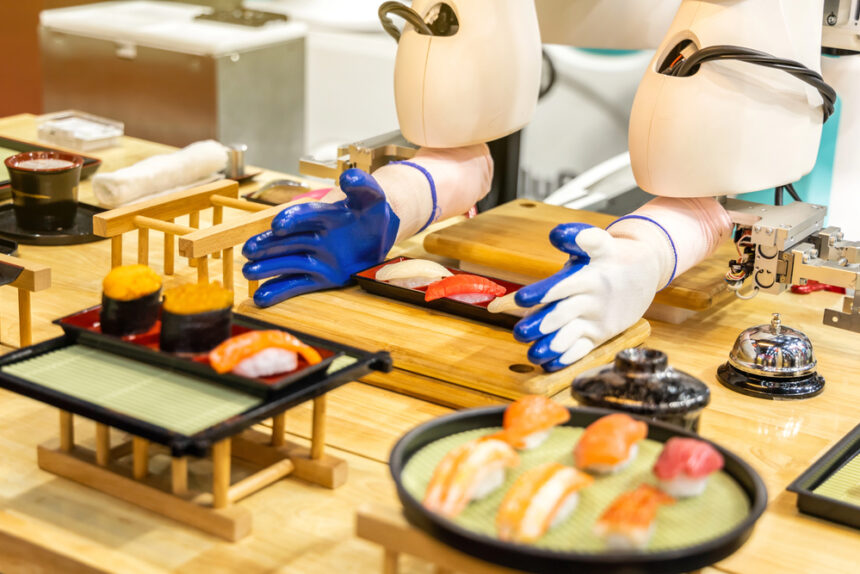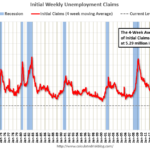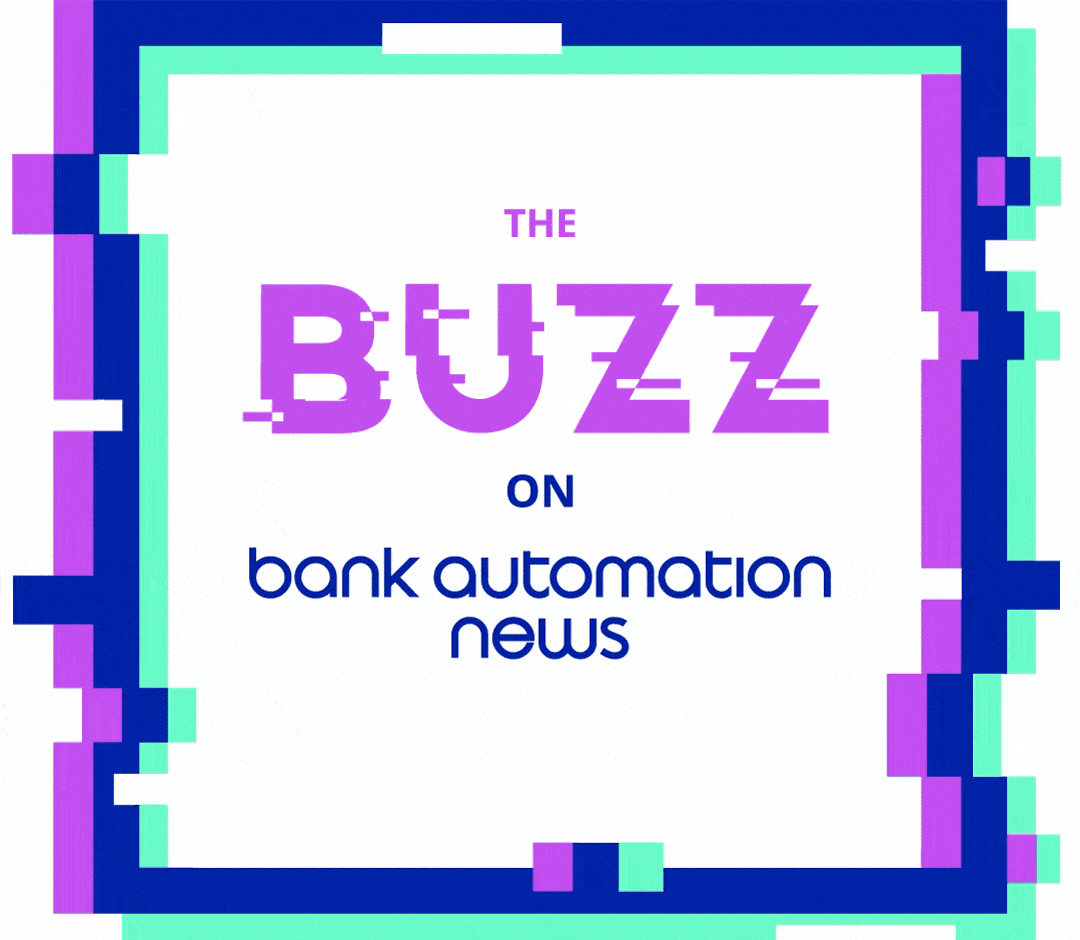The substitution effect is an intuitive concept in economics: when the price of one good rises relative to another, people tend to buy more of the substitute and buy less of the more expensive good. If the prices of apples and oranges were once the same, but apples become more expensive while the price of oranges stays the same, people tend to buy fewer apples and oranges instead. It’s also worth remembering that this effect occurs with relative price changes, not just absolute ones.
If apples were priced at $1 and oranges were priced at $2, then if the price of apples rose to $1.50 and oranges stayed at $2, more oranges would be sold. The price of oranges hasn’t changed and remains higher than the price of apples in absolute terms, but Relative The price of both has changed. Previously, you could buy 6 apples for the price of 3 oranges. Now, you can only buy 4 apples for the price of 3 oranges. People have different preferences, but overall we would expect a higher percentage of oranges to be sold than before.
There is also a labor substitution effect: as labor costs rise, employers tend to look for alternatives to that labor. One way they do this is by replacing workers with machines. This tends to happen naturally over time: as technology improves and costs fall, it becomes relatively cheaper to use automation than to hire workers, and automation increases. But if we artificially raise the cost of labor, the relative price of automation also falls, and more workers end up being replaced by automation.
There are many things that can be said about California, but one of them is that it always offers opportunities to demonstrate economic excellence. Written The story goes that with the minimum wage for fast food workers increasing to $20, fewer people are eating at fast food restaurants and more are eating in restaurants instead.
So why? more Are foot traffic increasing at fast food restaurants that serve expensive foods, while foot traffic decreasing at cheaper fast food restaurants?
The answer is that while restaurant chain prices have not fallen in absolute terms, Relative Compared to fast food, fast food and dine-in restaurants differ in terms of price, quality, and convenience. However, as fast food restaurants were forced to raise their prices due to rising labor costs, the price difference between fast food restaurants and dine-in restaurants became smaller even though the other two aspects remained unchanged. As a result, people saw how much it cost to order a basic set menu at McDonald’s and thought, “If I have to pay this much to eat McDonald’s, I might as well spend a little more and go to Chili’s.”
More recently, another change was made by Chipotle, a major fast-food chain in California: After the wage increase was enacted into law, Chipotle began replacing workers with machines. this News Report:
Chipotle has two robot They can take over tasks that would normally be performed by employees.
The Autocad peels, pits and cuts an avocado for guacamole in 26 seconds, while the Digital Makeline prepares salads and bowls based on orders placed through an app.
These machines are part of an automation drive. Chipotle management expects to cut the number of workers it needs – Significantly reduce rising labor costs.
So it’s not surprising that it will be introduced first in two of the Mexican chain’s restaurants. CaliforniaThe company made the announcement on Monday.
The author of the news article raises the question of how expensive automation will be.
It’s not yet clear how much the production costs of making Chipotle’s menu items using Chipotle’s new machines will compare with making them by hand.
But that is why, Relative The driving force behind these adjustments is not absolute cost, but rather that even if the cost of a new machine is absolutely more expensive than human labor, new minimum wage laws may make the use of machines Relatively inexpensive It is becoming more productive relative to human labor than it was before, and that is the condition that needs to be met for the substitution effect to take effect.
As an aside, it’s also worth noting that many restaurants, not just fast food joints, have found alternatives to machine labor for their employees. They’re getting customers to perform tasks that they used to hire employees to do. A local restaurant I frequent used to have an order taker, but now they don’t. That person’s job was to have customers say their order and then press a button on a computer to register the order. Now they have self-service kiosks, and customers press the button themselves. When the food is ready, a server doesn’t come and bring it to your table. Your order number is called, you pick up your food from the counter, and you carry it to your table yourself. When you’re done, you no longer leave your plate for an employee to clear. You clear your own table. There are trays to put your dirty plates on. Restaurants are increasingly using customer labor instead of cashiers, servers, and servers.
I I said before Again, however simplified, the world would benefit from more application of introductory economics than it has today.








